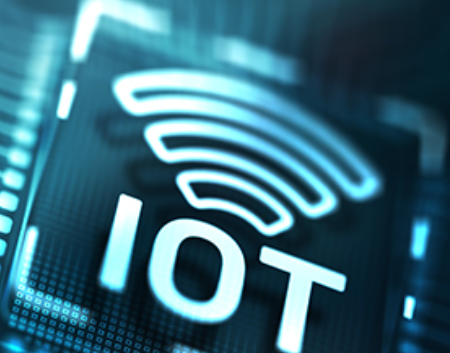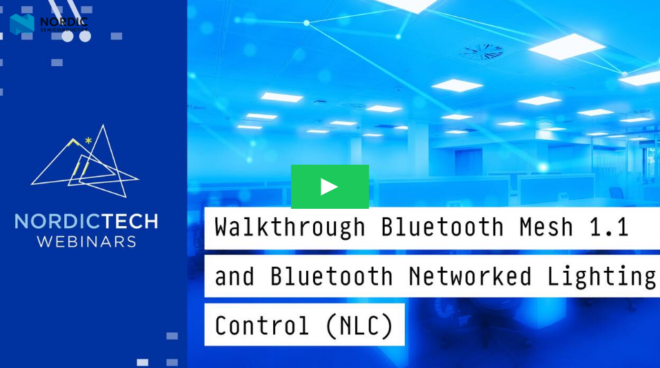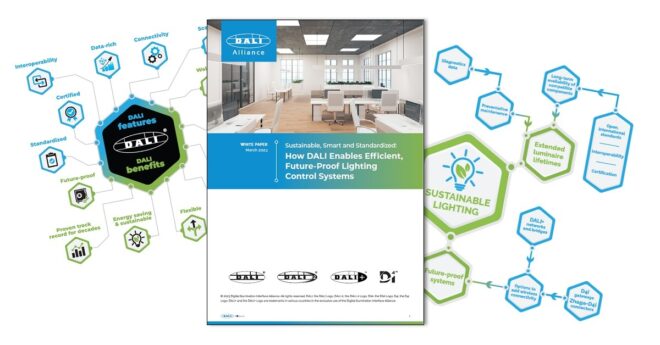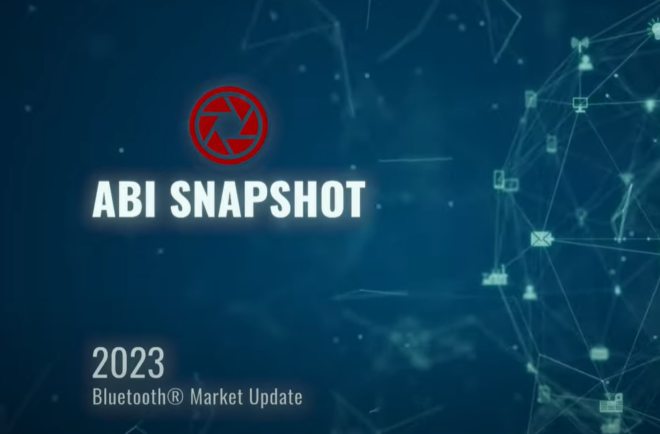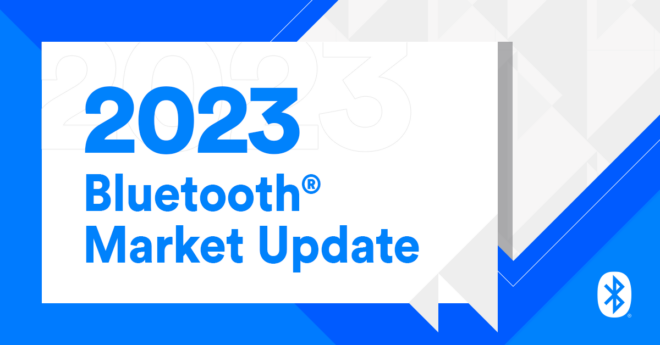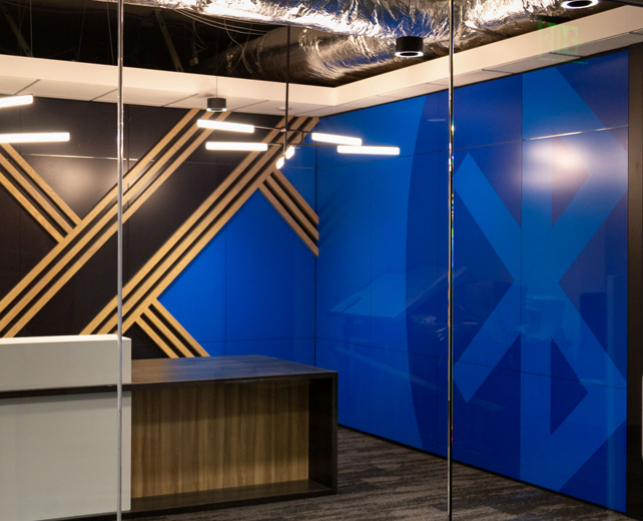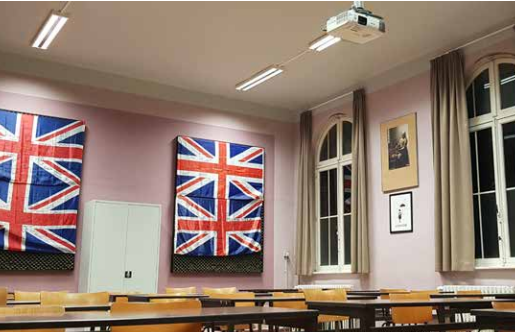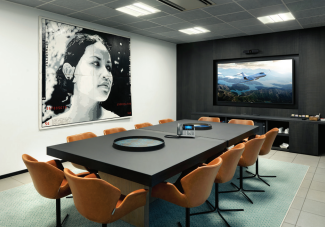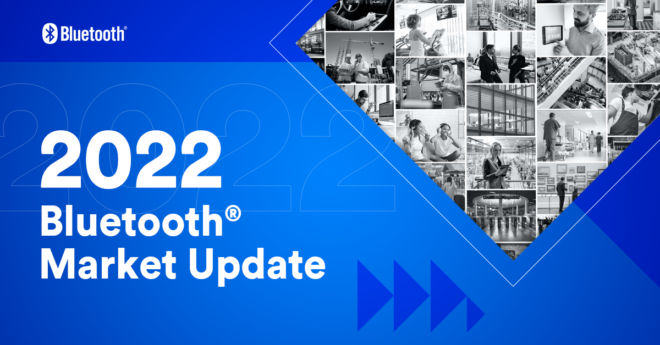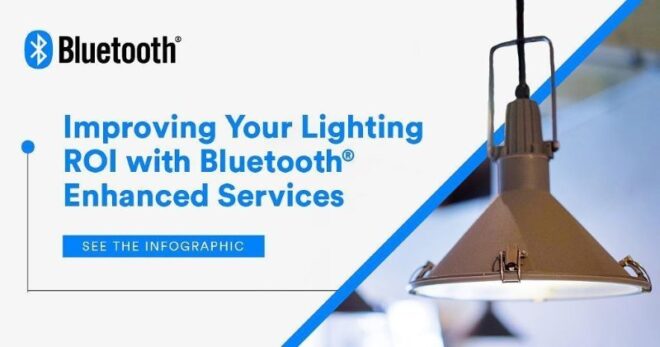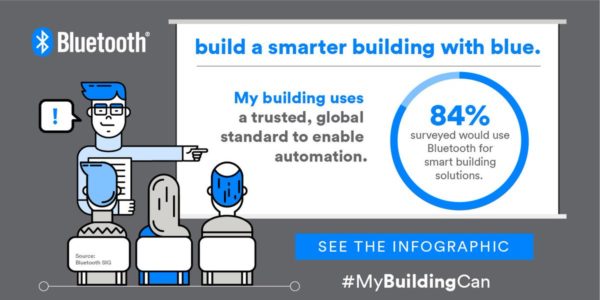
The Bluetooth Special Interest Group (SIG) recently announced its full-stack standard for wireless lighting control, Bluetooth Networked Lighting Control (NLC). Specifically designed to meet the scale, reliability, and security demands required in commercial settings, Bluetooth® NLC enables multi-vendor interoperable wireless lighting control systems and unlocks the potential for mass adoption of wireless lighting control.
The benefits of standardization are well documented and illustrated. With standardization comes interoperability, and with interoperability comes trust – trust that products from different manufacturers can work together seamlessly, making it easier to combine products from multiple manufacturers to create fit-for-purpose, value-added systems. Standardization also helps reduce the costs of development, expand the overall size of the market, and encourage innovation by allowing manufacturers to focus their engineering efforts on higher-level, value-added capabilities.
Developing standards to enable interoperability is at the heart of the Bluetooth SIG’s mission. But it is not a binary one-time event. Interoperability is a mindset and a journey.
Standardizing Wireless Lighting Control
In the lighting industry, for instance, the potential for greater design flexibility, lower cost of implementation, and the increased future extensibility offered by wireless lighting control solutions began to pique the market’s interest over a decade ago. However, the lack of a wireless standard presented a barrier to adoption, and leaders across the industry turned to Bluetooth® technology to light the path to standardization.
First, the industry standardized on the wireless radio, Bluetooth Low Energy (LE), bringing much-needed economies of scale that only the most widely deployed wireless radio standard in the world can provide.
The next step was the release of Bluetooth® Mesh in 2017. Bluetooth Mesh technology provides a rich set of features and options to enable the creation of large-scale device networks. Bluetooth® Mesh alleviates the burden of proprietary mesh development and increases innovation by freeing manufacturers’ engineering teams to turn their attention to the development of more value-added, differentiating features and capabilities. This has helped Bluetooth Mesh establish itself as the preferred wireless technology for scalable commercial and industrial IoT applications.
![]()
FEATURED INNOVATION
Bluetooth Mesh Networking
Bluetooth® Mesh enables the creation of large-scale device networks and is ideally suited for control, monitoring, and automation systems where hundreds or thousands of devices need to communicate with one another.
However, the optional nature of Bluetooth Mesh features can cause challenges for implementers when they must decide which options to choose for their chosen product segments. If vendors operating in the same product segments choose a different set of options that do not work well with other peer products (e.g., mesh features chosen for light bulbs are not compatible with features selected for light switches), a situation can arise where product ecosystems do not interoperate, which degrades the user experience.
To address this challenge, the Bluetooth SIG developed a new class of specifications called Bluetooth Mesh Device Profiles.
Lighting Control Device Profiles
Device Profiles define which options and features of the Bluetooth Mesh specifications are mandatory for a certain kind of end product. The first suite of mesh device profiles, collectively referred to as NLC profiles, build on Bluetooth Mesh to enable the world’s first full-stack, multi-vendor interoperable wireless standard for wireless lighting control, Bluetooth® NLC.
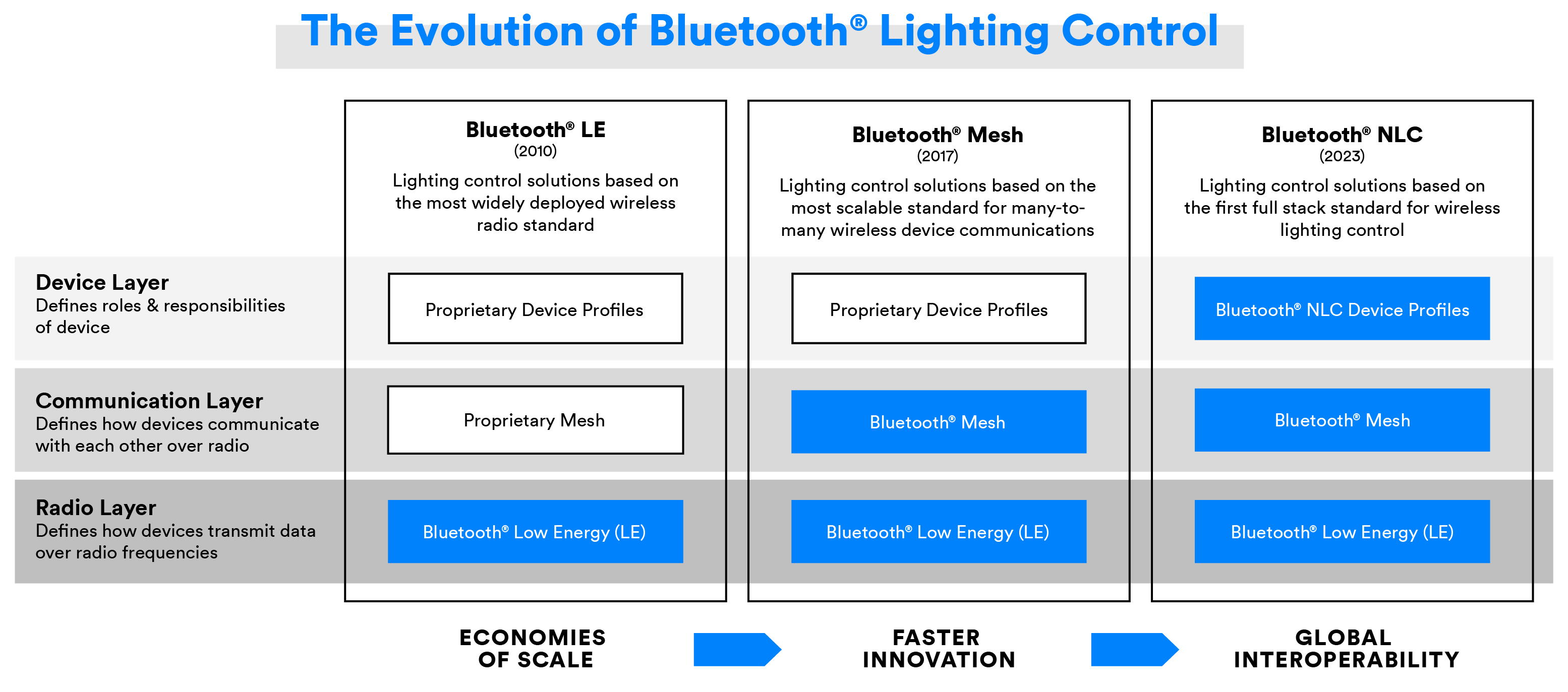
Figure 1 summarizes the Bluetooth lighting control journey towards interoperability and highlights how Bluetooth® NLC enables true multi-vendor interoperability.
Ensuring global interoperability requires standardization across all three layers of a wireless lighting control solution – the radio layer, communication layer, and device layer. Before Bluetooth® NLC, a wireless standard to define functionality at the device layer did not exist, limiting global mainstream adoption and preventing the market from reaching its full potential. Bluetooth® Networked Lighting Control (NLC) solves this challenge. By offering standardization from the radio through the device layer, Bluetooth NLC enables true multi-vendor interoperability and mass adoption of wireless lighting control.
Learn more about Bluetooth Networked Lighting Control.
![]()
FEATURED INNOVATION
Networked Lighting Control
Bluetooth® Networked Lighting Control systems are deployed in offices, retail, healthcare, factories, and other commercial facilities to deliver a combination of energy savings, an enhanced occupant experience, and more efficient building operations.

Bluetooth SIG(Special Interest Group)は、先ごろ、ワイヤレス照明制御で初めてのフルスタック標準規格となるBluetooth®︎ NLC(Networked Lighting Control:ネットワーク照明制御)を発表しました。商用環境で求められる拡張性、信頼性、セキュリティに対応できるよう特に設計されたBluetooth®︎ NLCは、マルチベンダー間で相互運用可能なワイヤレス照明制御システムを可能にし、ワイヤレス照明制御の幅広い普及に向けた可能性を解き放ちます。
標準化のメリットは、実証され明らかです。標準規格は相互運用性をもたらし、相互運用性は安心感をもたらします。異なるメーカーの製品がシームレスに連携できるという安心感であり、複数メーカーの製品の組み合わせによる、目的に合わせた価値の高いシステムの構築をより容易にします。標準規格はまた、開発コストの削減や市場拡大につながることに加え、メーカーがより高度で付加価値を生み出す機能の開発に集中できるため、イノベーションの加速を促します。
相互運用性を実現する標準規格の策定は、Bluetooth SIGの使命の中心にあります。しかし、これは一度限りの作業ではありません。相互運用性は一つの思想であり、長い行程を経て実現していくものなのです。
ワイヤレス照明制御の標準化
照明業界において、ワイヤレス照明制御は、例えば柔軟な設計や設置費用の削減、将来的な拡張性などを実現できる可能性のため、10年以上前から注目を集め始めていました。しかし、ワイヤレス標準規格がなかったことが普及の妨げとなり、業界を牽引する各社はBluetooth®︎技術に標準化への道筋を求めました。
まず、業界は無線通信を標準化しました。Bluetooth Low Energy (LE)は、世界で最も幅広く普及している無線通信標準にのみ実現可能な規模で、切望されたスケールメリットをワイヤレス照明制御にもたらしました。
次は、2017年のBluetooth®︎ Meshの公開です。Bluetooth Mesh技術により、大規模なデバイスネットワークを実現できるだけの豊富な機能群やオプションの数々が提供されました。メーカーのエンジニアチームは独自にメッシュネットワークを開発する負担から解放され、より付加価値の高い、差別化要因となる特徴や機能の開発に注力することでイノベーションを加速させました。これが追い風となって、Bluetooth Meshは高い拡張性を求められる商用・産業用IoTでの地位を確立したのです。
その一方で、Bluetooth Meshが備えるさまざまなオプション選択の可能性が、実装にあたり、選択した製品セグメント用にどのオプションを選ぶかという課題の原因ともなりました。もし、同じ製品セグメントにおいて、ベンダー各社が他社と異なるオプションの組み合わせを選んだことが要因となり、他の製品とうまく連携できなければ(例えば、電球で採用されたmesh機能に、照明スイッチに採用されたmesh機能との互換性がないなど)、相互運用性のないエコシステムが生じ、ユーザー体験の悪化につながります。
このような課題に対応するため、Bluetooth SIGではBluetooth Meshデバイスプロファイルという新たな仕様クラスを策定しました。
照明制御用デバイスプロファイル
デバイスプロファイルは、特定の最終製品について、必須となるBluetooth Mesh仕様のオプションや機能を規定しています。第一弾として公開されたMeshのデバイスプロファイル群はまとめてNLCプロファイルと呼ばれます。Bluetooth Meshに基づくこのNLCプロファイルによって、マルチベンダー的な相互運用性を持つ世界初のワイヤレス照明制御用フルスタック規格である、「Bluetooth®︎ NLC」が実現しました。

図1
図1はBluetoothの相互運用性に向けた照明制御の歩みをまとめたものです。Bluetooth®︎ NLCがマルチベンダー間の真の相互運用性をいかに実現しているかを示しています。
グローバルな相互運用性を確保するには、ワイヤレス照明制御ソリューションの「無線層」「通信層」「デバイス層」という3層すべてにわたる標準化が必要になります。Bluetooth®︎ NLC以前は、デバイス層の機能を規定するワイヤレス標準規格が存在しなかったため、グローバルな主流の形成に限界があり、市場の可能性を最大限引き出すことができずにいました。この課題を解決するのが、Bluetooth®︎ NLCです。Bluetooth®︎ NLCは、無線層からデバイス層にわたる標準規格を提供することによって、マルチベンダー間における真の相互運用性を実現するとともに、ワイヤレス照明制御に幅広い普及への道を開きます。

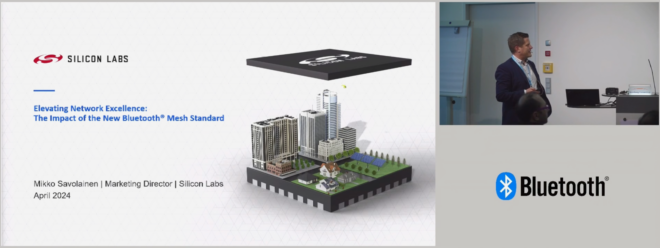

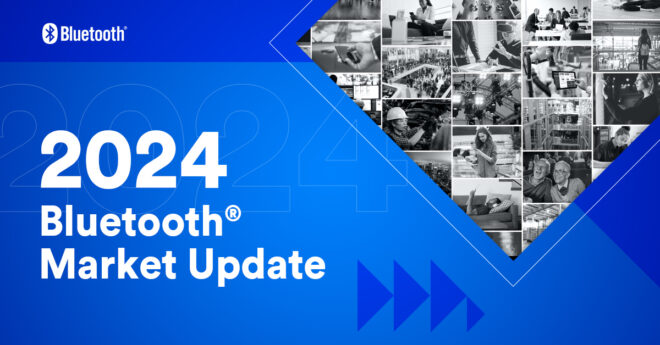
![shutterstock 1653733096[1]](https://www.bluetooth.com/wp-content/uploads/2024/03/shutterstock_16537330961-660x372.jpg)



